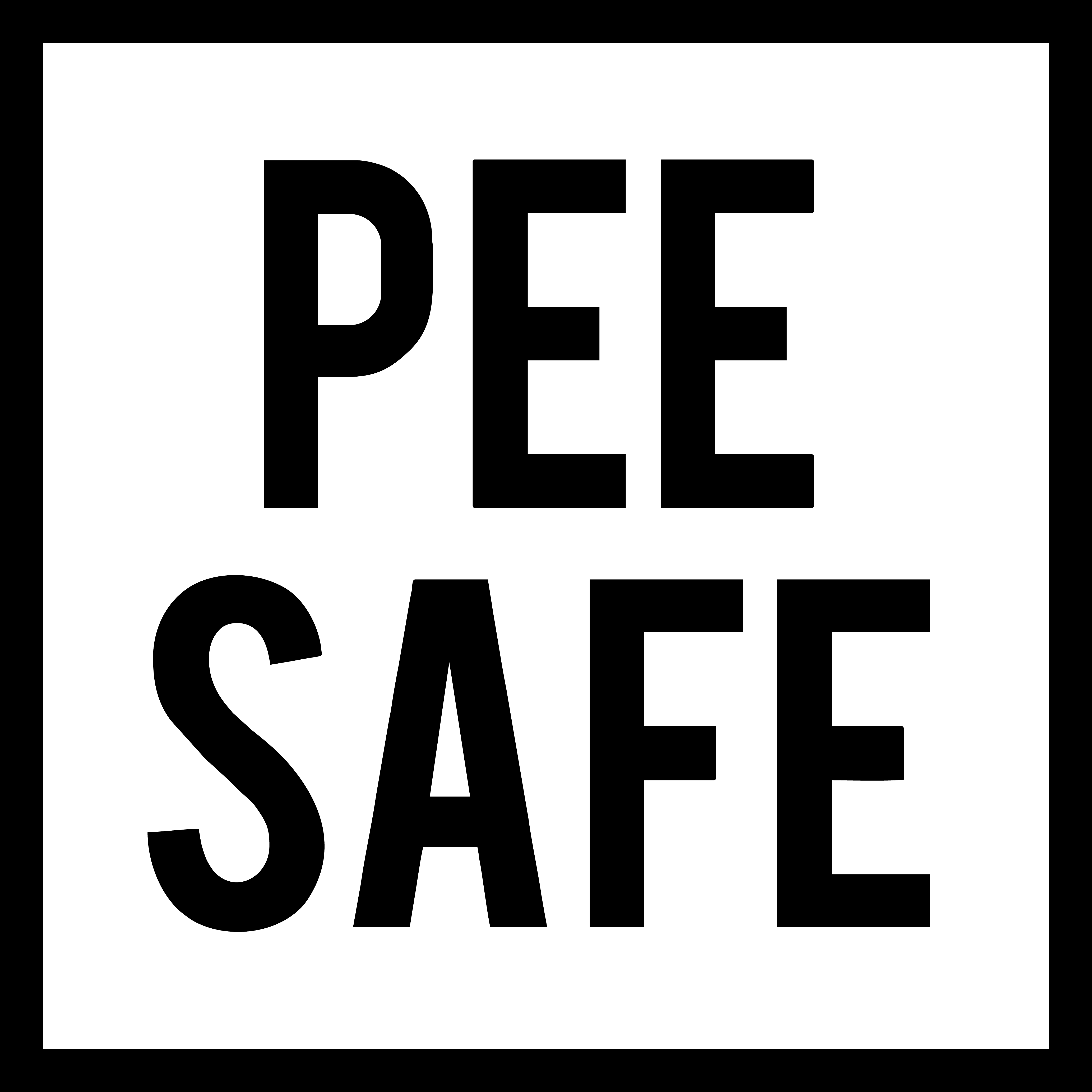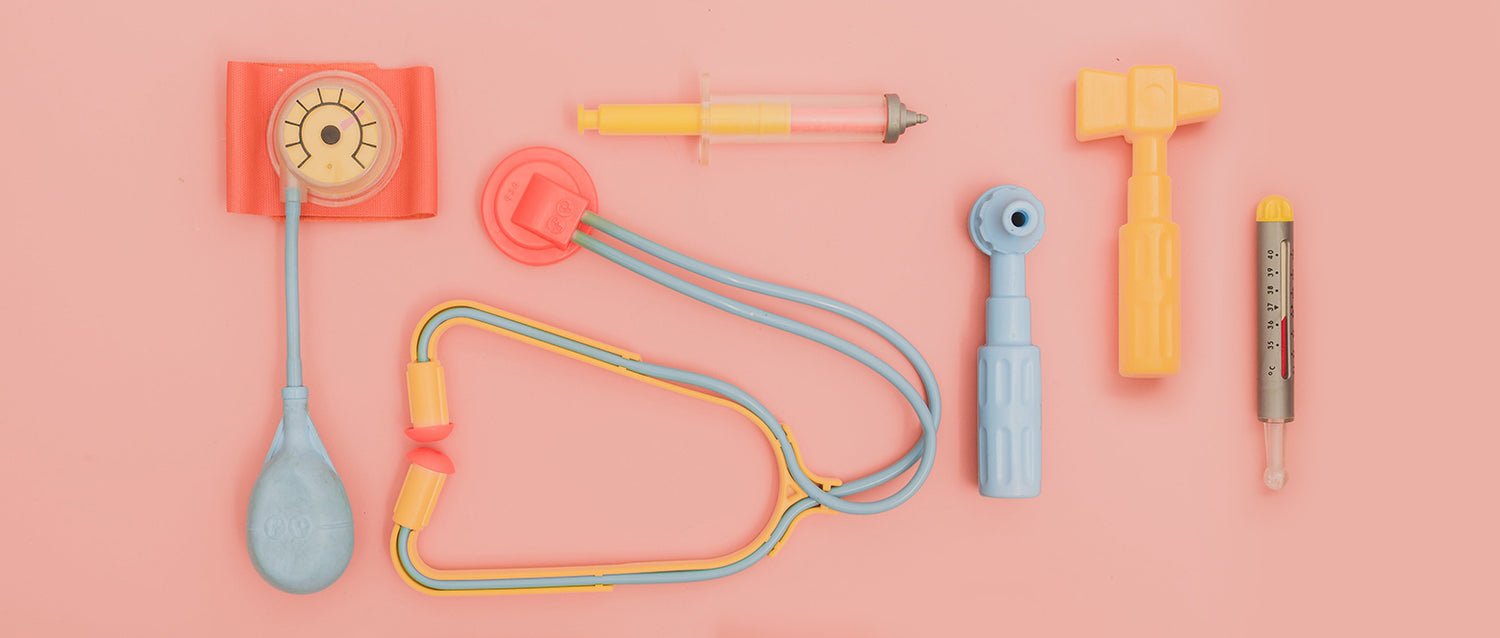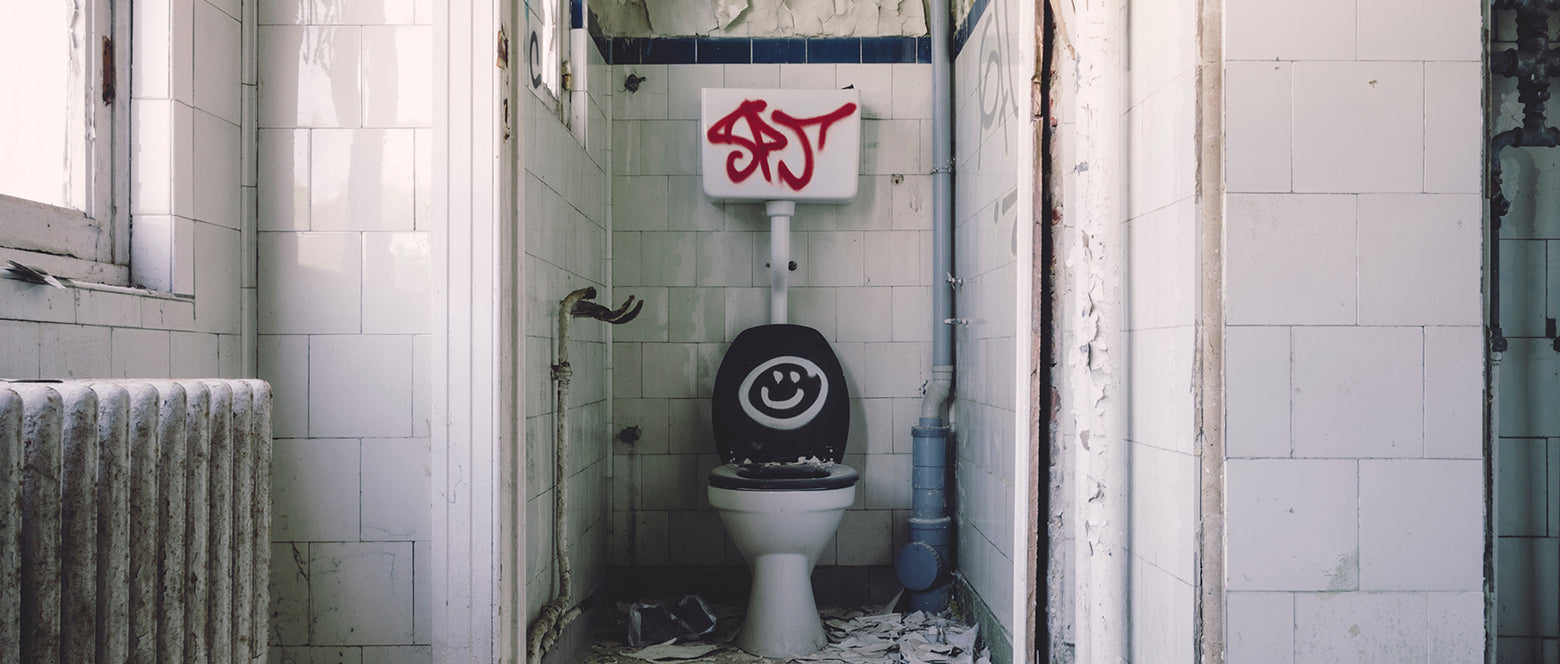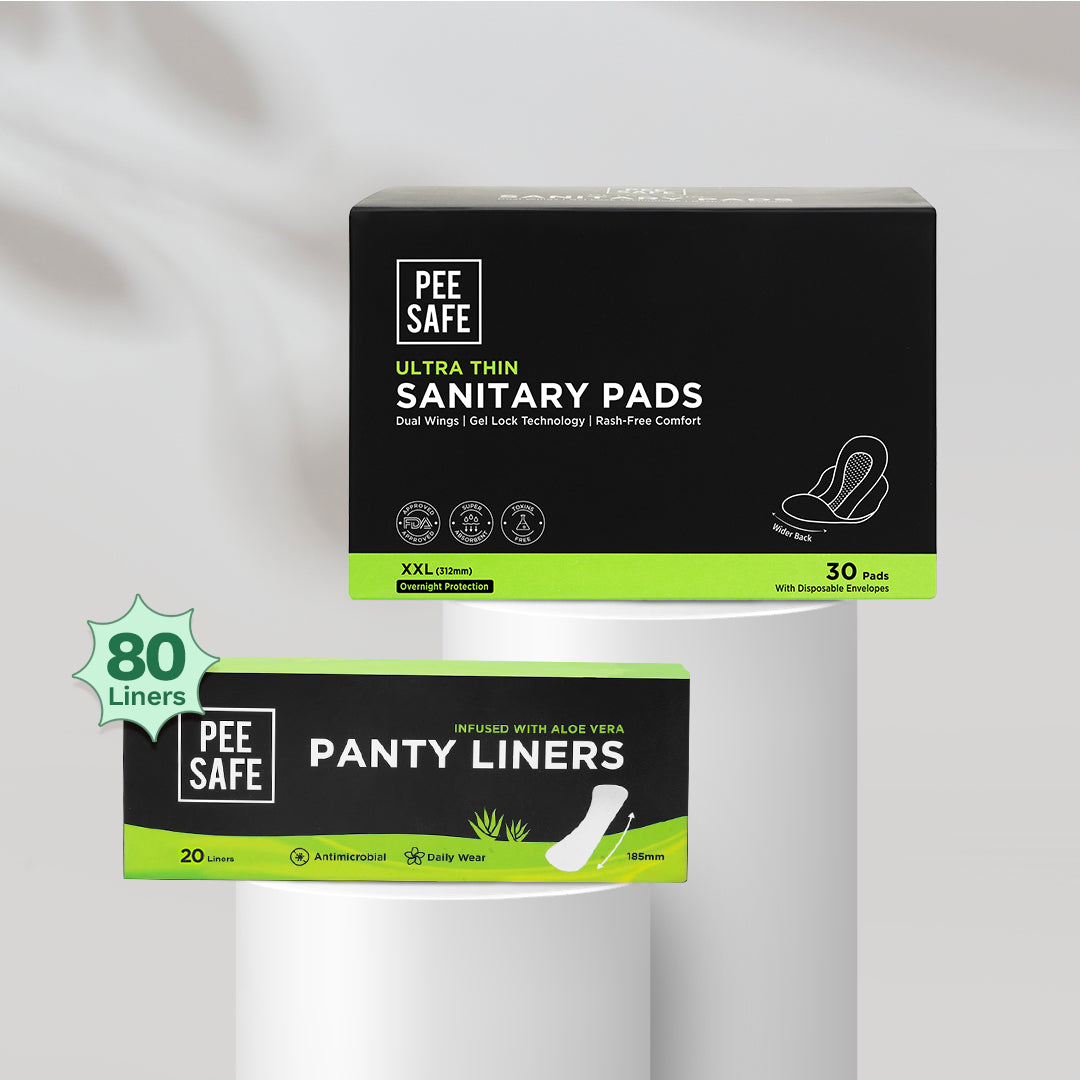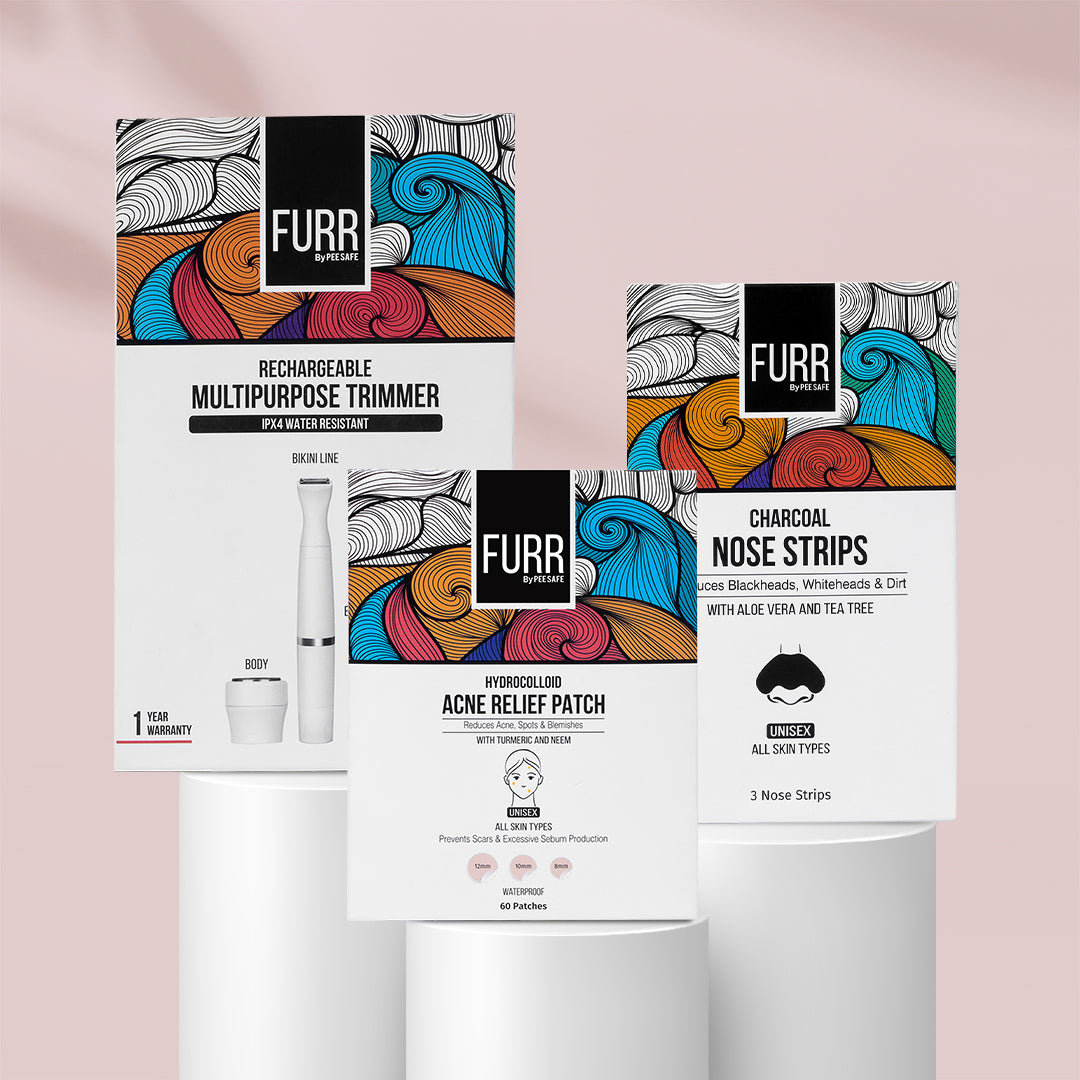What is a Urinary Tract Infection?
A urinary tract infection occurs when certain microorganisms cling to the opening of the urethra. The microorganisms travel back into the bladder, where they begin to multiply and cause infection. Most infections come from Escherichia coli (E. coli) bacteria, which are often found in the colon.

Diagnosis of UTI in children
- In babies and toddlers, the primary indication of UTI is usually a fever, pain or burning during urination or need to urinate more often, or difficulty getting urine out.
- UTI can be diagnosed based on a description of symptoms and a physical examination.
- A urine analysis which is a simple lab test can be done in the pediatrician’s office. Your doctor may decide to treat your child for a UTI based on this test alone.
- A urine culture test where the bacteria are grown and identified in the lab is usually ordered as well.
What is the Treatment?
- If the urine culture is positive, the child should receive a full course of antibiotics.
- It is important to start antibiotics early and complete the entire course of medication to prevent the infection from getting worst.
- Your child’s pediatrician may also suggest treatments to reduce the symptoms of UTI, including medications to reduce fever or pain and ask to increase fluid intake preferably water.
- After completing the full course of antibiotic, your child’s physician may ask you to bring your child back to the office after few days. To make sure the infection has been cured.
- For older, toilet-trained children, good toileting habits are essential to prevent UTI.
- Toilet safety essentials like a disinfectant spray for the toilet seat should be used
- Children should urinate every two to three hours throughout the day.
- Parents and caregivers should make sure the child take the time to completely empty the bladder.
- Certainly, good bowel and bladder habits, as well as good hygiene, is the most important way to prevent infections in children with normal anatomy.
- Most important aspect is to keep the toilets clean.
- Toddlers or young children should not use an unhygienic toilet.Allow them to use toilets that are cleaned with toilet bowl cleaners and toilet disinfectants
- Toilet seat sanitizer sprays from PeeSafe should be used to ensure the toilet seat is free from any kind of bacteria.
A dirty toilet seat is one of the most common places from where the toddlers and young kids can catch a UTI. To make sure that your child is safe and the toilet seat is germ-free, use toilet seat sanitizer spray from PeeSafe. It is the easiest and safest way to reduce the risk UTI. Use PeeSafe to be Safe and keep your children away from toilet-borne diseases. It is available on all major e-commerce websites such as Amazon, Flipkart, Nykaa, SafetyKart, as well as at the retail outlets of Le Marche, 98.4 Pharmacy, WHSmith, Global Healthline and many more.
-
✍️ This article was curated by Anshu Bhatia and was first published on SafetyKart on 15th Jan 2018
